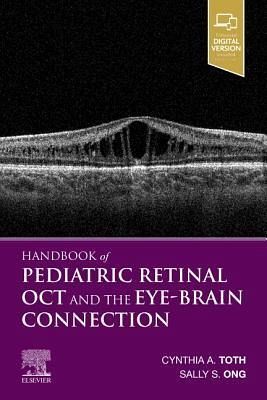
Handbook of Pediatric Retinal Oct and the Eye-Brain Connection

PAYBACK Punkte
57 °P sammeln!
Optical Coherence Tomography (OCT) plays a vital role in pediatric retina diagnosis, often revealing unrecognized retinal disorders and connections to brain injury, disease, and delayed neurodevelopment. Handbook of Pediatric Retinal OCT and the Eye-Brain Connection provides authoritative, up-to-date guidance in this promising area, showing how to optimize imaging in young children and infants, how to accurately interpret these images, and how to identify links between these images and brain and developmental disorders. * Illustrates optimal methods of OCT imaging of children and infants, how ...
Optical Coherence Tomography (OCT) plays a vital role in pediatric retina diagnosis, often revealing unrecognized retinal disorders and connections to brain injury, disease, and delayed neurodevelopment. Handbook of Pediatric Retinal OCT and the Eye-Brain Connection provides authoritative, up-to-date guidance in this promising area, showing how to optimize imaging in young children and infants, how to accurately interpret these images, and how to identify links between these images and brain and developmental disorders. * Illustrates optimal methods of OCT imaging of children and infants, how to avoid pitfalls, and how to recognize and avoid artifacts * Explains how the OCT image may relate to brain disease and delayed neurodevelopment * Features more than 200 high-quality images and scans that depict the full range of disease in infants and young children * Provides guidance in identifying retinal layers and important abnormalities. * Covers the structural features of the retina and optic nerve head in developmental, acquired, or inherited conditions that affect the eye and visual pathways * Offers practical ways to set up imaging programs in the clinic, operating room, or neonatal nursery * Enhanced eBook version included with purchase, which allows you to access all of the text, figures, and references from the book on a variety of devices





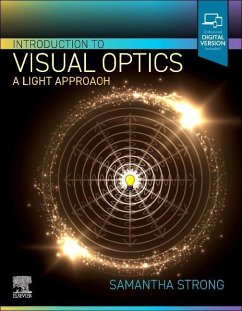
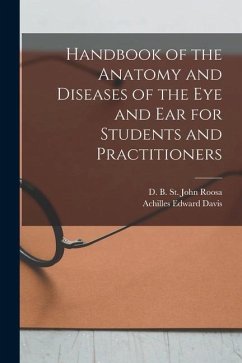

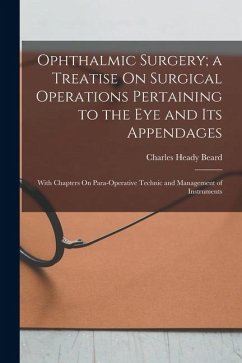
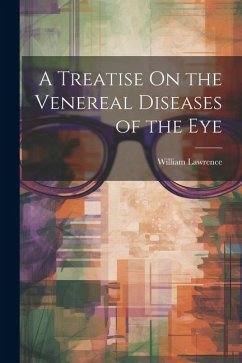
![Treatise on the Eye and Ear [microform]: Rules for the Preservation and Restoration of Sight; Deafness, Its Causes and Progress Explained; New Discove Cover Treatise on the Eye and Ear [microform]: Rules for the Preservation and Restoration of Sight; Deafness, Its Causes and Progress Explained; New Discove](https://bilder.buecher.de/produkte/66/66133/66133072n.jpg)
![The Student's Guide to Diseases of the Eye [electronic Resource] Cover The Student's Guide to Diseases of the Eye [electronic Resource]](https://bilder.buecher.de/produkte/65/65574/65574474n.jpg)
![Adhesion of a Persistent Pupillary Membrane to the Cornea in the Eye of a Cat [electronic Resource] Cover Adhesion of a Persistent Pupillary Membrane to the Cornea in the Eye of a Cat [electronic Resource]](https://bilder.buecher.de/produkte/65/65632/65632898n.jpg)
![An Outline of the Embryology of the Eye [electronic Resource]: With Illustrations From Original Pen-drawings by the Author Cover An Outline of the Embryology of the Eye [electronic Resource]: With Illustrations From Original Pen-drawings by the Author](https://bilder.buecher.de/produkte/66/66127/66127639n.jpg)